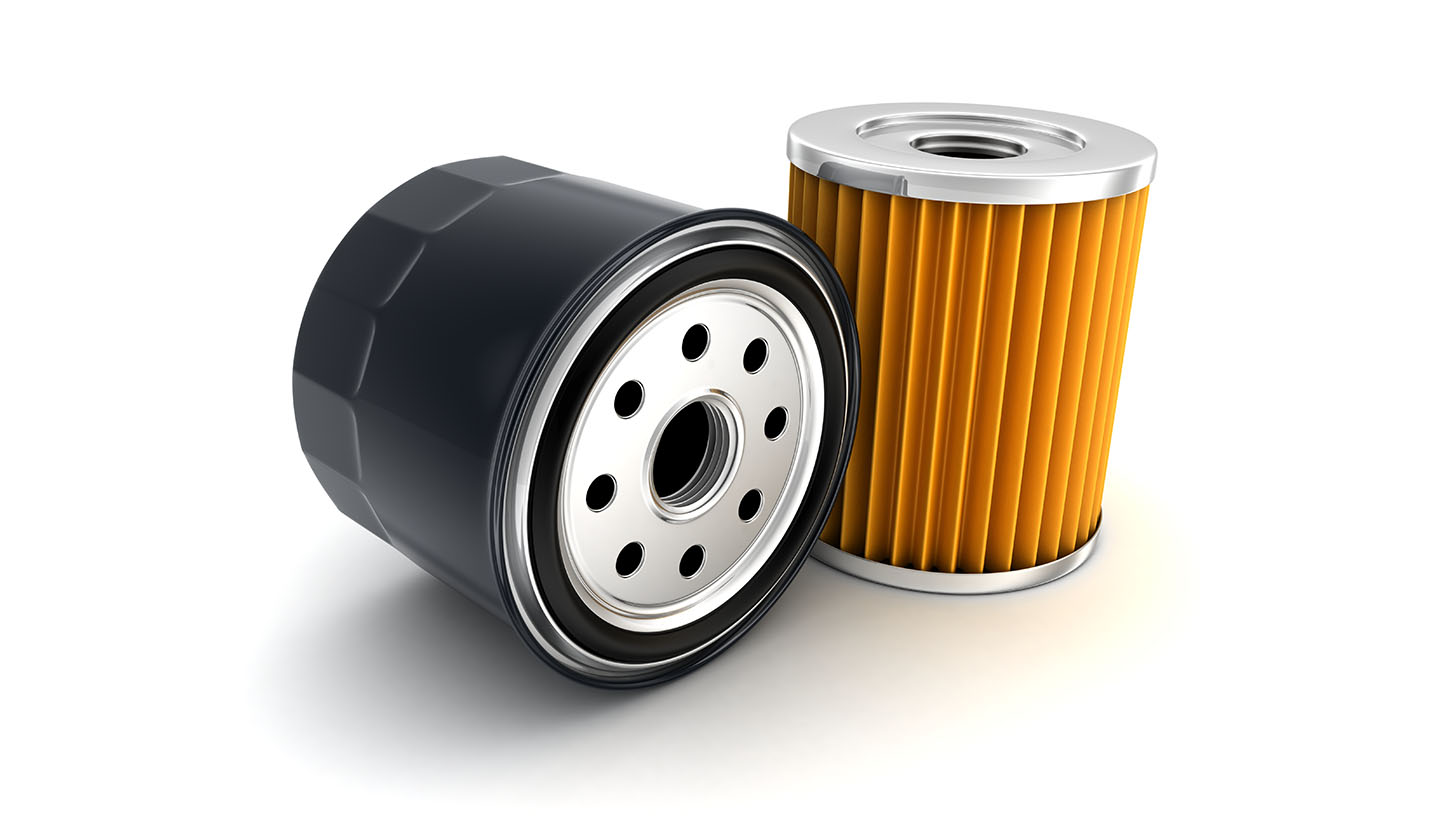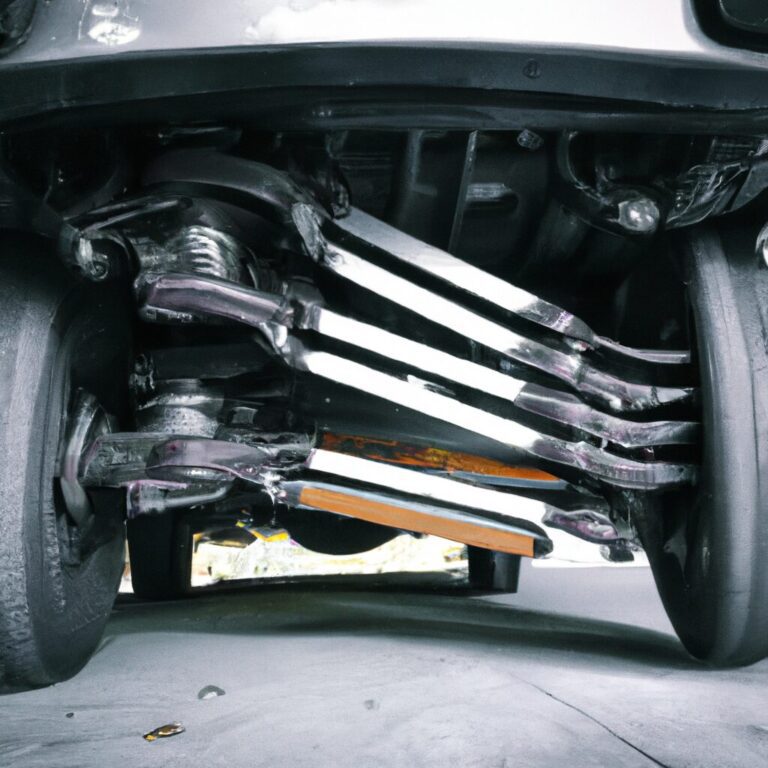How to Filter Motor Oil
To filter motor oil, use a clean oil filter to strain impurities before refilling the engine. Filtering motor oil helps maintain engine efficiency by removing dirt and debris that can cause damage.
Regularly changing the filter prolongs engine life and ensures optimal performance. Proper filtration also prevents contaminants from circulating in the engine, extending the oil’s lifespan and promoting smoother operation. By incorporating a filter into your maintenance routine, you can protect your engine and maximize its longevity.
Filtered oil keeps the engine clean and running efficiently, reducing the risk of wear and tear on critical components. This simple step can save you money in the long run by avoiding costly repairs and ensuring consistent performance.
Choosing The Right Oil Filter
When it comes to changing motor oil, choosing the right oil filter is crucial for maintaining the health and longevity of your engine. Oil filters play a vital role in keeping contaminants and debris out of the oil, ensuring that your engine operates smoothly and efficiently. Understanding the different types of oil filters and the considerations when selecting one will help you make an informed decision.
Understanding Different Types Of Oil Filters
Oil filters come in various types, each designed to cater to different needs. The main types of oil filters include:
- Conventional filters: These filters use a simple cellulose or synthetic media to trap contaminants.
- Spin-on filters: These are the most common type, featuring a threaded outer shell that makes replacement easy.
- Cartridge filters: Unlike spin-on filters, cartridge filters contain the filter material in a replaceable housing.
Considerations When Selecting An Oil Filter
When selecting an oil filter, there are several factors to consider to ensure compatibility and performance:
- Compatibility with your vehicle: It’s essential to choose an oil filter that is compatible with the make and model of your vehicle.
- Quality of the filter material: Opt for a filter with high-quality media that effectively captures and retains contaminants.
- Efficiency rating: Look for an oil filter with a high efficiency rating, indicating its ability to remove particles of various sizes.
Gathering The Necessary Tools And Materials
Preparing to filter motor oil requires specific tools and materials that are crucial for a successful oil-change process. By gathering the necessary items beforehand, you can streamline the task and ensure efficiency.
Identifying The Required Tools
- Oil filter wrench
- Drain pan
- Rubber gloves
- Rags or paper towels
- Funnel
Obtaining The Correct Oil Filter
- Refer to your vehicle’s manual for the correct filter size
- Purchase a high-quality oil filter from a reputable supplier
- Ensure compatibility with your vehicle’s make and model
Preparing The Work Area
- Place the vehicle on a level surface
- Gather all tools and materials within arm’s reach
- Put on protective gear such as gloves
- Open the hood and secure it in place
Preparing The Vehicle
Preparing the Vehicle:
Locating The Oil Filter Housing
Look for the oil filter housing underneath the engine near the oil pan.
Positioning The Drain Pan
Place the drain pan directly below the oil filter housing to catch the oil.
Preparing The Engine
- Ensure the engine is cool before starting the oil filter replacement.
- Locate the oil filter cap and remove it carefully to access the oil filter.
- Have a rag or paper towels handy to clean up any spills or drips.

Credit: savree.com
Removing The Old Oil Filter
When it comes to maintaining your vehicle, changing the motor oil and oil filter is a crucial part of regular upkeep. In this section, we will focus on the process of removing the old oil filter as part of the overall oil change procedure.
Draining The Motor Oil
To begin the process of removing the old oil filter, it is necessary to first drain the old motor oil from the engine. This is typically done by locating the oil drain plug underneath the car and using a wrench to loosen it. Once the plug is removed, the old oil will flow out into a suitable container for proper disposal.
Loosening The Oil Filter
Next, you will need to loosen the oil filter. This can usually be accomplished using an oil filter wrench, which allows you to grip and turn the filter in a counterclockwise direction to loosen it from its housing. It’s important to be careful during this step to avoid damaging the surrounding components or causing oil spills.
Removing The Old Filter
Once the oil filter is loosened, it can be unscrewed by hand and carefully removed from its housing. It’s essential to have a drain pan or absorbent material ready to catch any remaining oil that might drip from the filter during removal. After the old filter is removed, it’s important to clean the filter mounting surface and ensure that the gasket from the old filter is not stuck to the engine.
Installing The New Oil Filter
Learn how to filter motor oil effectively by following a step-by-step guide on installing the new oil filter. With clear instructions, this process ensures optimal engine performance and longevity.
Installing the New Oil FilterAfter draining the old motor oil and removing the old oil filter, it’s time to install the new oil filter. This crucial step ensures the engine is supplied with clean oil, prolonging its lifespan and optimizing performance. Paying attention to each aspect of the installation process will help prevent leaks and keep your engine running smoothly. In this section, we will guide you through the steps of applying a thin layer of motor oil, hand-tightening the new filter, and securing it in place. Let’s get started!
Applying A Thin Layer Of Motor Oil
Before installing the new oil filter, it’s essential to apply a thin layer of fresh motor oil to the rubber gasket on the top of the filter. This layer of oil helps create a tight seal and prevents the filter from sticking or becoming difficult to remove during the next oil change. To apply the oil, follow these simple steps:- Take a small amount of new motor oil on your finger or a clean rag.
- Rub the oil evenly around the rubber gasket on the top of the filter.
- Ensure the entire gasket is coated with a thin layer of oil.
Hand-tightening The New Filter
Once you’ve applied the oil, it’s time to install the new oil filter. It’s important to remember that you only need to tighten it by hand. Avoid using any tools or overtightening, as this can damage the filter or make it difficult to remove later on. Follow these steps to hand-tighten the filter:- Locate the filter housing on the engine. Make sure it is clean and free from any debris or old gasket material.
- Align the new filter with the housing and slowly thread it in place.
- Turn the filter clockwise until you feel resistance.
- Continue tightening the filter by hand until the gasket makes contact with the housing.
- Once the gasket touches the housing, give the filter an additional half to three-quarters turn to ensure a snug fit.
Securing The Filter
To ensure the oil filter stays in place and does not loosen over time, it is crucial to secure it properly. Follow these steps to secure the filter:- Using a clean rag or paper towel, wipe away any excess oil or debris from the filter and surrounding area.
- Inspect the filter to ensure it is positioned correctly and firmly seated.
- Double-check that the filter is hand-tightened and properly aligned with the housing.
- Once you are satisfied with the filter’s position and tightness, close the hood securely.

Credit: www.youtube.com

Credit: wuling.id
Frequently Asked Questions On How To Filter Motor Oil
Can You Filter Engine Oil?
Yes, you can filter engine oil to remove impurities and extend its lifespan. Regular oil filtration helps maintain engine performance.
Can You Filter Motor Oil With A Coffee Filter?
Yes, you can filter motor oil with a coffee filter to remove impurities and contaminants effectively.
How Do You Filter Used Oil At Home?
To filter used oil at home, use a fine mesh strainer or cheesecloth over a container. Slowly pour the oil through the strainer to remove debris and particles. Repeat the process if necessary for cleaner oil.
How Do You Purify Used Engine Oil?
To purify used engine oil, start by allowing the oil to settle. Then, filter it through a fine mesh to remove impurities. After that, heat the oil to evaporate any water content. Finally, add a chemical additive to improve its performance.
How Does Motor Oil Filter Work?
Motor oil filters work by trapping contaminants like dirt, metal particles, and sludge to prevent them from circulating in the engine, improving its performance and prolonging its life.
Why Is It Important To Filter Motor Oil?
Filtering motor oil is important because it helps remove harmful contaminants that can cause engine damage, reduces wear and tear, and maintains optimal engine performance.
What Happens If You Don’t Filter Motor Oil?
If motor oil is not filtered, contaminants like dirt and metal particles can circulate in the engine, leading to increased wear and tear, reduced engine performance, and potential engine damage.
Conclusion
Filtering motor oil is an essential maintenance process for your vehicle. By following the simple steps outlined in this guide, you can ensure that your engine runs smoothly and efficiently. Regular oil filter changes can improve engine performance and increase its longevity.
Don’t overlook this vital aspect of car maintenance.

